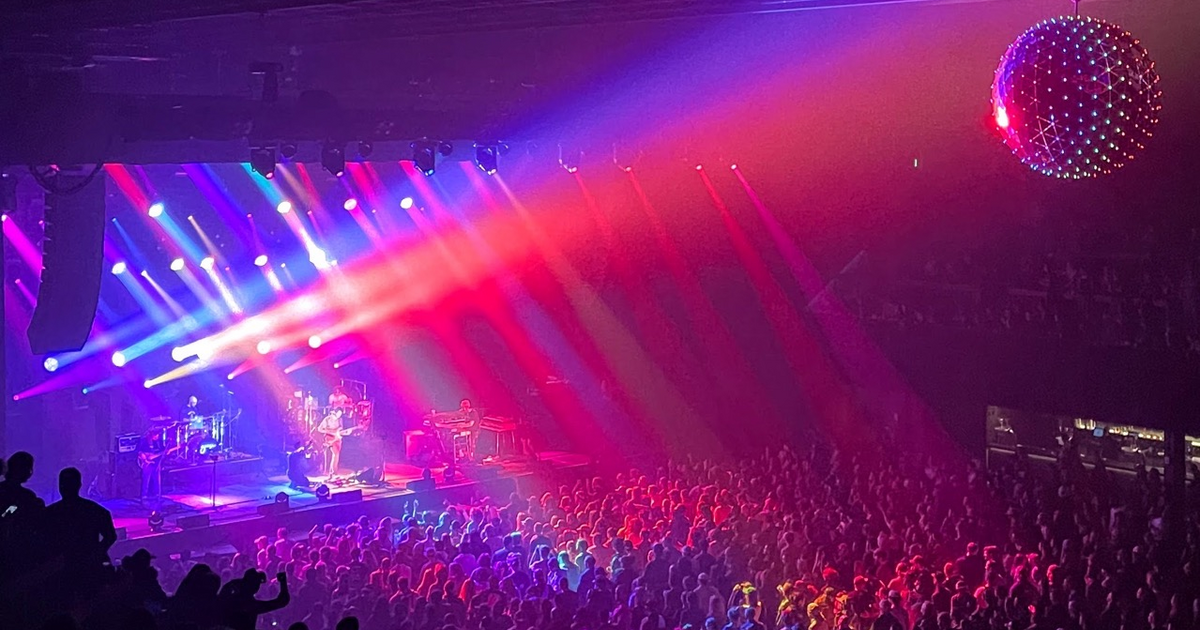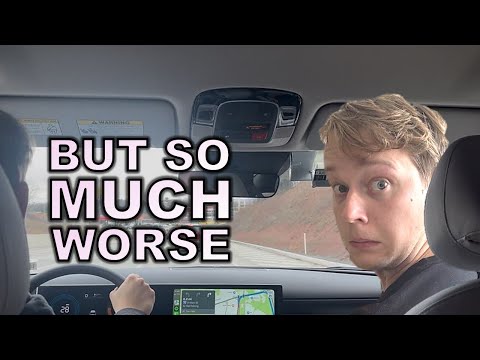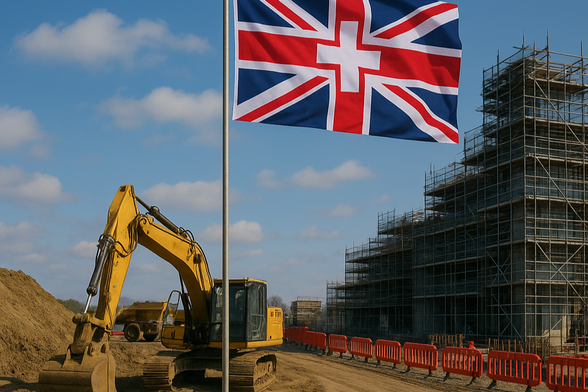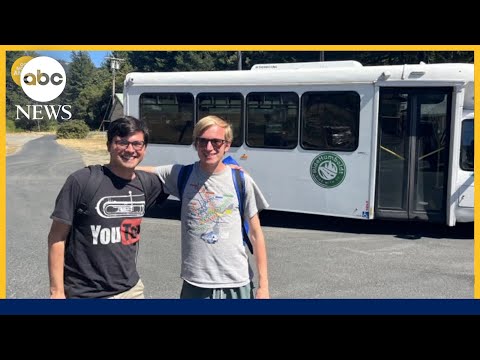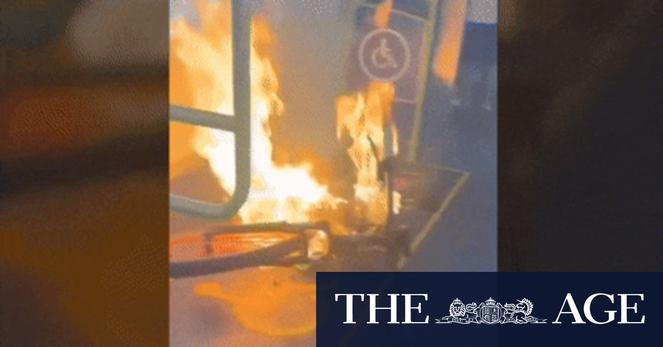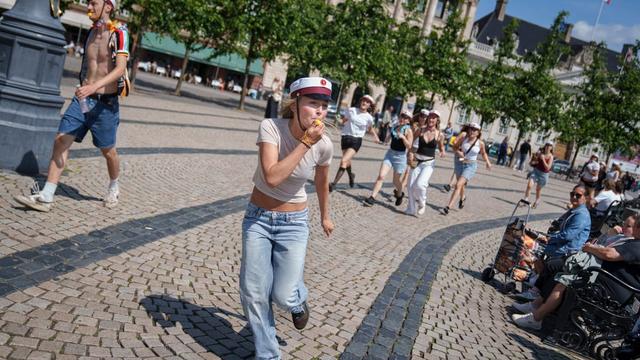In the past, I had a pretty car-centric life. I commuted to work by car (2x 25 minutes per day) and, for my work as an IT consultant, I drove around 80,000-100,000 kilometers per year.
Then the pandemic came, and everything changed. I started working remotely, and business travel decreased to a minimum. I quickly got used to the additional free time and flexibility, and it made me substantially more productive.
In 2023, I quit my old job and got hired at Red Hat. Since then, I do almost all of my business travel by train, and I genuinely enjoy it.
The difference is profound. In a car, you need to be focused on the road. On a train, you can live—you can work, take a nap, eat something at the bistro, or just watch the world go by. In contrast to driving, it's not lost time; it's usable time.
I never, ever want to go back and am glad that my life nowadays is so much better without being dependent on a car.
